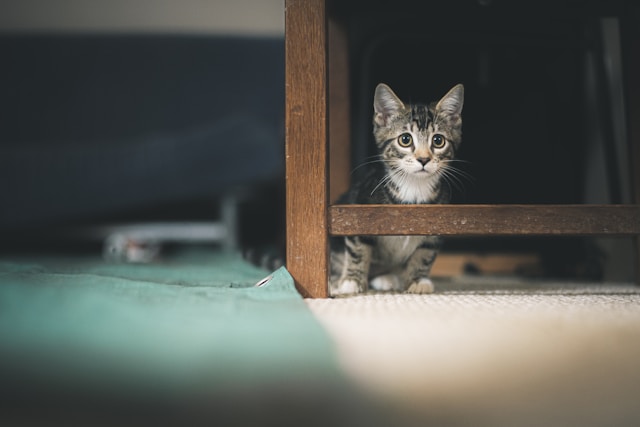Moving to a new home is exciting, but for pets, it can also be overwhelming. Animals thrive on familiarity, routine, and territory so when everything changes at once, they may feel anxious or unsettled. Whether you’re relocating across town or adopting a new pet for the first time, knowing how to transition a pet to a new home can make the process smoother for everyone involved.
In this guide, we’ll explore practical steps for preparing, moving, and helping pets adjust to a new environment with as little stress as possible.
Why Moving Is Stressful for Pets
Before diving into tips, it’s important to understand why pets struggle with change:
-
Dogs rely on predictable schedules and environments. A new home means new smells, sights, and routines that can feel overwhelming.
-
Cats are territorial animals. Moving to a strange space often triggers hiding, anxiety, or even litter box issues.
-
Other pets like rabbits, birds, and small animals may also become stressed when their environment changes suddenly.
By approaching the move with patience and preparation, you can ease the transition and make your pet feel safe in their new surroundings.
Preparing Before the Move
The process of helping pets adjust to a new home starts weeks before moving day.
-
Maintain routines – Keep feeding, walking, and playtime schedules consistent to provide stability.
-
Introduce moving supplies gradually – Bring out boxes and packing supplies early so pets get used to them.
-
Pack slowly – Sudden changes in the home environment can create anxiety. Packing over time helps pets adapt.
-
Create a pet essentials kit – Include food, bowls, bedding, favorite toys, treats, and any medications. This will make the first few days in the new home much easier.
Moving Day Tips
Moving day can be chaotic, but with some planning, you can keep your pet calm and safe.
-
Keep pets secure – Place them in a quiet room, or ask a friend or family member to watch them during the move. This prevents them from escaping during the commotion.
-
Use proper carriers or leashes – Cats and small dogs should be transported in carriers, while larger dogs should be leashed.
-
Stay calm – Pets pick up on human emotions. Staying calm and reassuring will help them feel safe.
First Day in the New Home
The first day sets the tone for your pet’s adjustment. Here’s how to help them settle in:
-
Set up a designated space – Choose one quiet room and fill it with familiar items like their bed, toys, and food.
-
Let them explore gradually – Start with one room and expand access as they become comfortable.
-
Place essentials consistently – Keep food bowls, water, and litter boxes in stable locations to avoid confusion.
Helping Pets Adjust in the First Week
The first week is crucial when transitioning a pet to a new home.
-
Stick to regular routines – Walk, feed, and play with your pet at the same times as before.
-
Offer positive reinforcement – Reward calm behavior with treats, praise, or play.
-
Watch for stress signals – Hiding, whining, excessive barking, or loss of appetite can be normal at first, but prolonged stress may require extra patience or veterinary advice.
Long-Term Adjustment Strategies
Helping pets adjust to a new home doesn’t end in the first week. Continue supporting them with these strategies:
-
Introduce new areas slowly – Expand their access to the entire house and yard in stages.
-
Update identification – Make sure collars, ID tags, and microchips have your new address and phone number.
-
Encourage exploration – Take dogs on walks around the new neighborhood to familiarize them with the sights and smells.
-
Socialize carefully – Allow pets to meet new neighbors or animals gradually, avoiding overwhelming experiences.
Special Considerations for Cats and Dogs
Different pets require slightly different approaches:
-
Cats – Keep them indoors for at least two weeks before allowing outside exploration. Ensure litter boxes are easily accessible.
-
Dogs – Daily walks and consistent potty breaks will help them understand where to relieve themselves in their new territory.
-
Senior pets or anxious animals – May need more time, extra comfort, and sometimes calming aids (like pheromone diffusers).
Adopting a New Pet Into Your Home
If you’re not moving but instead bringing home a newly adopted pet, the same principles apply. Start with a safe space, keep routines predictable, and gradually introduce them to the household. Transitioning a rescue animal often requires extra patience, but with consistency and love, they’ll adjust.
Conclusion
Learning how to transition a pet to a new home is about patience, routine, and creating a safe environment. Whether you’re moving across the country or adopting a new furry friend, the key is to help pets adjust to a new home slowly and with plenty of reassurance.

